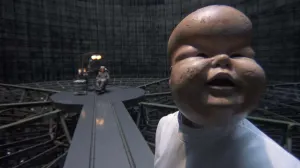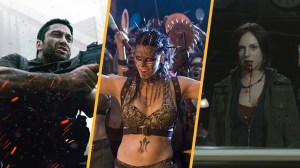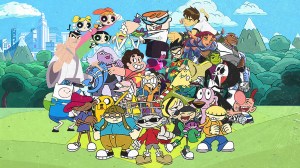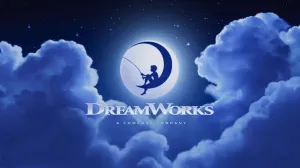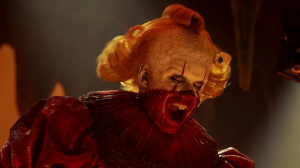Star Wars is officially moving away from George Lucas’ definition of “balance of the Force” with a Sith Lord whose philosophy is very different. Lucas introduced the idea of “balance” in the prequels, tying it to the destiny of Anakin Skywalker as the prophesied Chosen One. But he never actually defined it, and the prequels ended with Master Yoda himself believing that prophecy had been misinterpreted by the Jedi.
Videos by ComicBook.com
Star Wars: Visions season 3, which released on Disney+ on November 20, offers a unique window into the nature of the Force. Visions is like no other Lucasfilm show, an opportunity for different animation houses to play in George Lucas’ sandbox without any concern for canonicity. It’s already introduced an epic new Sith Lord, the Ronin – a character who breaks George Lucas’ whole model of the “balance of the Force.”
George Lucas Viewed The Dark Side As A Perversion

Many modern viewers tend to view the light and dark side as “yin and yang,” implying that balance means light and dark coexisting in equal measure. This wasn’t really the idea Lucas was getting at in the prequels, though; he saw the dark side as naturally destructive, a force of death and destruction. The dark side is inherently destructive, and to go to the dark side is to lose all balance. The Sith Code itself shows a progression from passion to brutal oppression.
By this interpretation, the Sith Order itself is an imbalance in the Force – especially the Banite line, which saw the power of the Sith increase exponentially under the Rule of Two, as each Sith Lord passed on their knowledge to their next apprentice. Anakin Skywalker’s destiny, then, was to restore the balance of the Force by destroying the Banite line of the Sith. He fulfilled this destiny in Return of the Jedi, when he killed Palpatine (explaining why Anakin asked Rey to restore the balance as he did when he spoke to Rey through the Force in Star Wars: The Rise of Skywalker).
Even George Lucas Seemed To Change His Mind About The Force
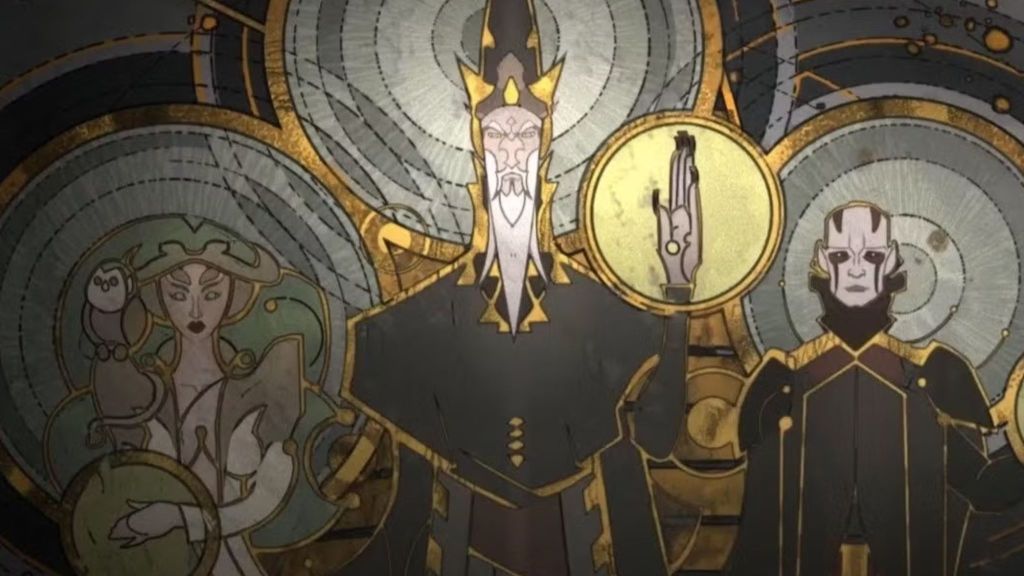
Curiously, though, there is some evidence that Lucas began to change his mind as the years progressed. Star Wars: The Clone Wars introduced avatars of the Force known as the Mortis Gods; a Son and Daughter who embodied the light and dark sides, and a Father who served as the embodiment of balance. The Father’s role was to hold light and dark in perfect balance, ensuring there was not too much of one or the other, and he implied that the Chosen One was destined to do the same. It was a very different philosophy of the Force, a shockingly different perspective on balance.
Disney Star Wars has doubled down on this reinterpretation. Star Wars: The Last Jedi included a mural of the Prime Jedi, founder of the order, suggesting he was somehow the light in the darkness and the darkness in the light. Since then, we’ve also had subtle hints in tie-ins that suggest the original Jedi were not servants of the light; they were agents of balance. It’s reasonable to assume all this changed after a schism, perhaps the Great Schism that led to the founding of the Sith.
Disney Star Wars’ Best Sith Lord Blurs The Line Even More
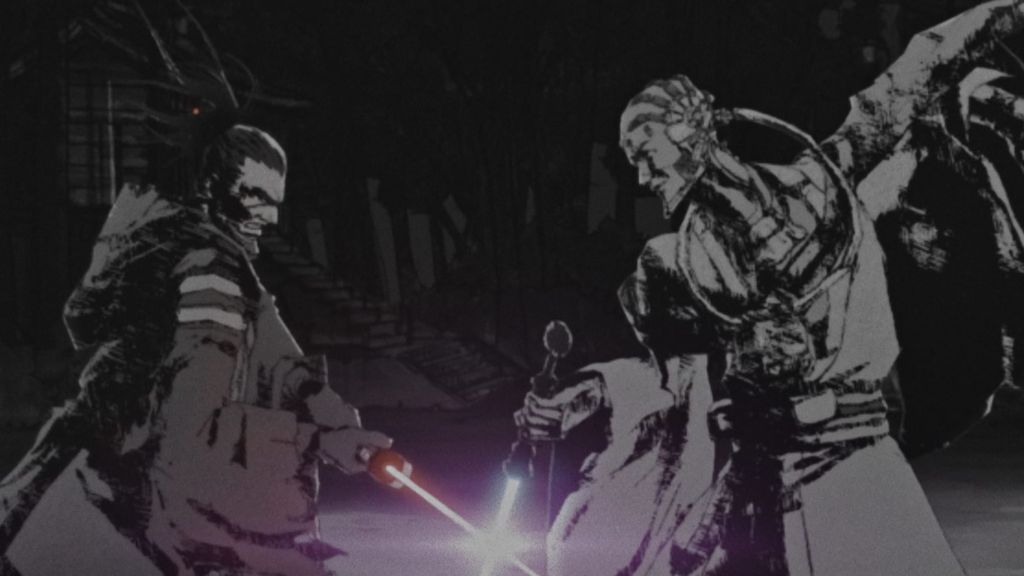
Curiously, there haven’t been many new Sith in the Disney era; Manny Jacinto’s mysterious villain in The Acolyte, the Stranger, was literally the first we’ve seen in live-action since the prequels. Visions season 1, however, introduced viewers to an epic new Sith Lord called the Ronin. A traitor to his own people, the Ronin now hunts them down relentlessly. He’s a Sith Lord as a hero, and the first story was epic enough to be adapted into both a novel and a Manga.
The Ronin returns in the new Star Wars: Visions season 3 episode “The Duel: Playback,” where he insists that “there is no balance without the light and the dark.” As the hero of the story, his perspective is naturally one that is designed to be sympathetic to the viewer – and, significantly, he’s going up against the Jedi version of Darth Vader, a Grand Master who embodies everything the Jedi believed balance to be. The Grand Master believes that the dark side must be destroyed, and he’s launched a vengeful campaign against the Sith – one that ultimately proves he has lost his way as a Jedi, when he can no longer differentiate between the red lightsaber of a fallen Jedi and the normal one he previously used.
The battle between the Ronin and the Grand Master is best seen as a clash between two different philosophies, and the duel’s outcome proves who is right. The Ronin’s perspective has led him to a form of redemption, where he hunts the Sith but embodies peace rather than passion; he is a heroic character, one who protects the vulnerable from those who would oppress them. In contrast, the Grand Master’s absolutist philosophy leads to the dark side, because he is focused relentlessly on destruction, justifying his anger and wrath because of his mission.
Is Star Wars Finally Moving On From George Lucas’ Original Ideas About Balance?
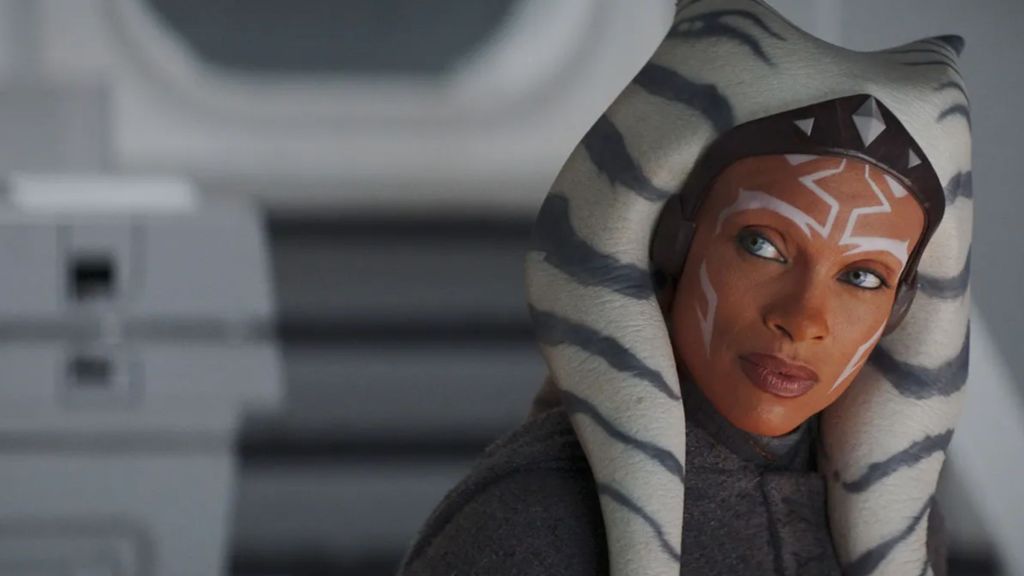
Star Wars: Visions isn’t canon, meaning the writers can likely get away with things the canon stories would not. What’s more, this isn’t the first time a Sith Lord has been presented as having a different perspective on balance; the old Star Wars Expanded Universe introduced a Jedi Master named Vergere (later retconned as a secret Sith) who had a comparable philosophy to the Ronin. In that case, Lucasfilm Publishing ultimately pivoted away from the idea and revealed it to be a lie that would lead to the dark side.
But there are indeed hints that Star Wars is pivoting in this direction. The Last Jedi set up the first Jedi as agents of balance, and that idea is likely to be explored in greater detail by James Mangold, who is working on a so-called “Dawn of the Jedi” plot. Meanwhile, Ahsoka season 1’s ending set up a return to the Mortis Gods plot, and showrunner Dave Filoni has confirmed that idea will be explored in greater detail. “It was the weirdest day [when] George [Lucas] brought that stuff up,” Filoni admitted at Star Wars Celebration. “I don’t know where he was going with that one, and then I had to figure it out.”
Given this is the case, “The Duel: Payback” sounds like it’s the first explicit focus on something that Star Wars is destined to explore in far greater detail. It’s a perspective that may prove a lot more influential as the saga continues, a foretaste of more to come.
What do you think? Leave a comment below and join the conversation now in the ComicBook Forum!



